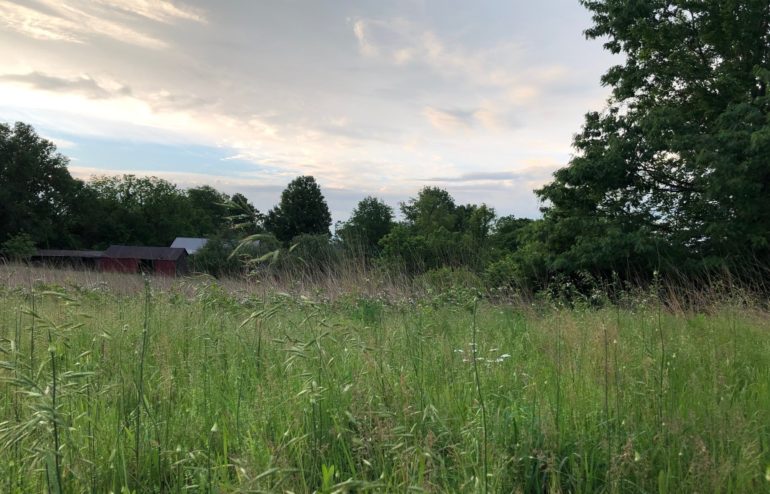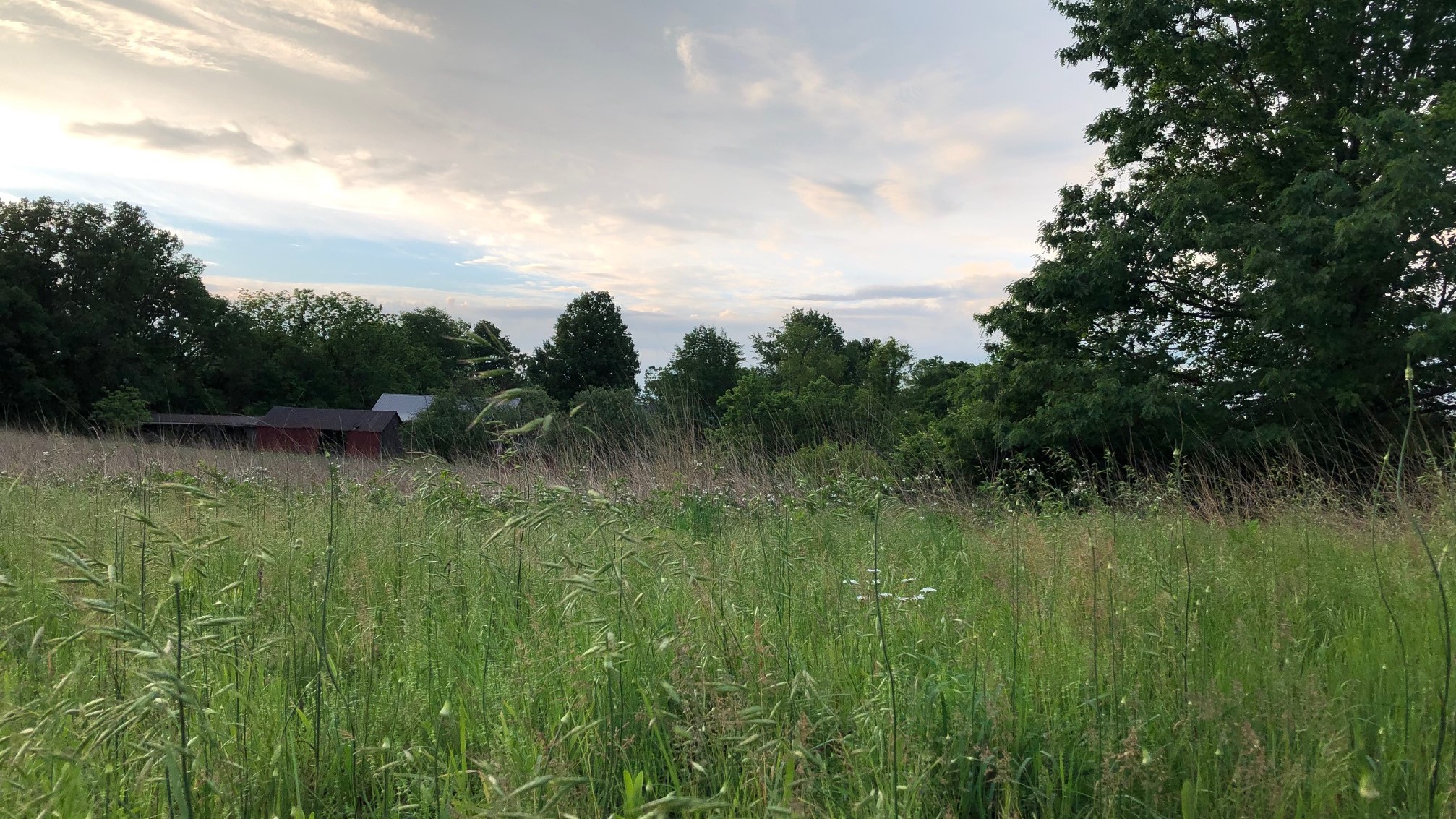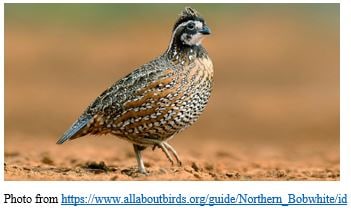
Broccolini Frittata
More elegant than scrambled eggs, and easier to prepare than quiche, the frittata is an under-appreciated way to elevate breakfast (or brunch, or even a light lunch or supper). Often called “crustless quiche”, frittata can bring you all the lovely texture and ingredients of a quiche, without the hassle of making a pastry crust.
Typically prepared on the stovetop, this recipe also uses the oven. It’s easy to overcook eggs on the stovetop, but using the radiant heat of the oven makes it much easier to cook the eggs completely without having an overcooked, tough layer on the bottom.
Ingredients
- 1/4 cup Butter
- 1/2 lb Broccolini or leafy greens, like kale or chard
- 4 Green onions or garlic scapes
- 12 Eggs
- 1/3 cup Heavy cream
- 8 oz Shredded cheese we used cheddar, but choose a cheese to suit your taste
- Salt and freshly ground black pepper, to taste
Instructions
- Preheat oven to 325º. Chop broccolini into bite-size pieces, and thinly slice green onions (both white and green parts) or garlic scapes.
- Melt butter in an oven safe nonstick skillet over medium heat and sauté the vegetables until crisp-tender, about 5-10 minutes.
- In a large bowl, whisk together eggs, cream, salt and pepper to taste, and cheese. When vegetables are tender, add the egg mixture to the skillet and gently combine with a rubber spatula.
- Cook over medium heat, gently stirring, until the eggs are about half cooked. Transfer skillet to the preheated oven and bake until eggs are cooked through, about 20 minutes. You’ll be able to tell it’s done if you shake the skillet and the center no longer jiggles.
- Serve warm, cold, or at room temperature, to suit your preference.





